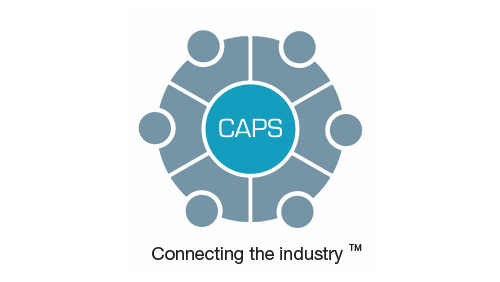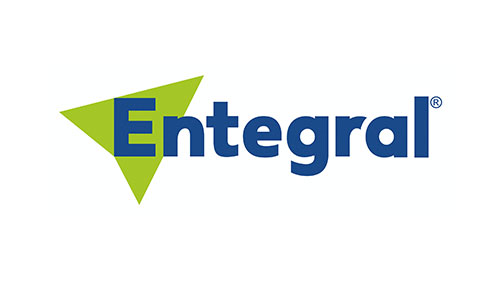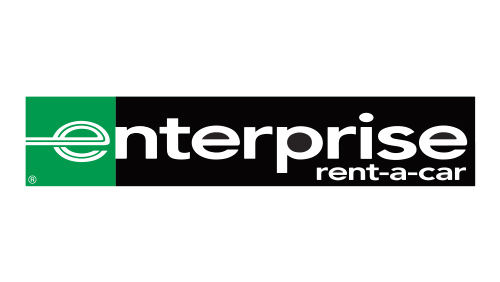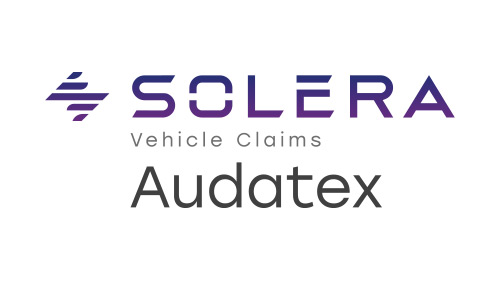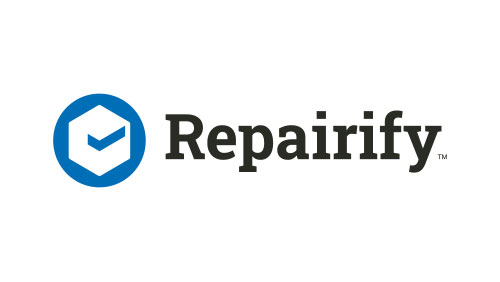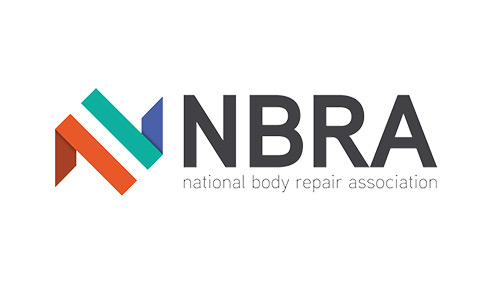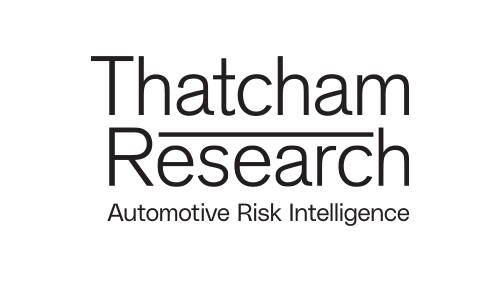In this exclusive contributed article, Solera Product Manager Victoria Repice explains how technology is changing the debate around repair or replace, and driving a more sustainable sector.
Replacing parts used to be the go-to choice for garages, as it was too expensive and skill-intensive to repair instead. However, technological advances across the automotive industry have made repairing more feasible, and repairs that at one point may not have been deemed possible are becoming the norm.
On top of this, car prices, even for used cars, are going up, and people are looking for cheaper ways to get their vehicle repaired. In some cases, repairing a part is cheaper than replacing it, so there is also an economic benefit to repairing as well.
Repairing
Previously, one of the main challenges the industry faced was the cost of repairs. This is especially true for modern vehicles, that are increasingly complex, equipped with advanced electronics, sensors, and software. This means that even seemingly minor repairs could involve costly diagnostics and specialised labour.
However, this is shifting. New technologies are making repairs more cost-effective and accessible. In the past, assessing damage often required a combination of visual inspection and trial and error. Today, digital diagnostic tools can quickly and accurately identify problems, allowing technicians to make informed decisions about whether a part needs to be repaired or replaced quickly and accurately.
AI
Determining vehicle repairability following a collision can be a difficult task for car technicians, putting them off repairing vs replacing. However, this is where AI can be the help.
AI enables more precise assessments of vehicle damage, providing a detailed understanding of whether a part can be repaired or must be replaced. AI also generates more accurate repair cost estimates. By analysing photos of vehicle damage and correlating them with the vehicle identification number (VIN), these tools can determine the exact model, materials, and parts required for the repair.
With real-time data and advanced sensors, modern diagnostic systems can analyse even the most complex vehicle systems, reducing the guesswork that often led to premature replacement in the past. This means AI can help them quickly assess the damage and provide an immediate estimate of the repair cost and timeline. This level of transparency and speed reassures customers and reduces the anxiety associated with the process.
From insurer, repairer and customer, this quick process not only speeds up decision-making but also helps lower the costs for everyone involved. Insurers can quickly determine the necessary repairs to be taken, reducing the need for lengthy estimations or manual reviews. By minimising delays and improving accuracy, AI can lead to a more cost-effective and efficient claims process for both insurers and customers.
Collaboration
The focus on repairs is an opportunity to open up collaboration within the industry. Manufacturers, repair shops, and parts suppliers can join forces to develop strategies that prioritise vehicle longevity. For instance, manufacturers might focus on designing parts that are easier to repair, while suppliers can contribute by offering high-quality materials that improve the durability of these repairs.
Repairs should no longer be viewed as a last resort but as the first solution for consumers. The future isn’t solely about replacing parts – it’s about reimagining how we can keep vehicles on the road for longer, and in more efficient ways.





